Regulation
European Central Bank Braces For Two More Rate Cuts, Is US Fed Next?

The European Central Bank (ECB) is preparing for two more rate cuts, as revealed by ECB policymaker Yannis Stournaras. Hence, netizens are speculating whether the U.S. Federal Reserve would mirror a similar move in September. As of the latest update, the Federal Open Market Committee (FOMC) decided to keep rates steady.
European Central Bank To Cut Interest Rates
The ECB rate cut prediction, shared in an interview with the German financial newsletter Platow Brief, reflects the central bank’s concerns over a weakening euro zone economy. This could potentially drag inflation below its 2% target.
Stournaras serves as the head of the Bank of Greece and is considered one of the more dovish members of the ECB’s Governing Council. He highlighted the lower-than-expected economic growth and its implications for inflation. “The renewed signs of weak economic activity and the high level of uncertainty will very likely dampen inflation more than had been expected,” he stated, according to a Bloomberg report.
The statement suggests a significant risk of inflation falling below the ECB’s target in the medium term. Despite a slight uptick in euro zone inflation for July and growth for the second quarter, traders anticipate that the ECB will resume lowering borrowing costs by September or October.
Furthermore, this outlook is reinforced by ongoing surveys pointing to a deceleration in economic activity. Stournaras supported this expectation. However, he noted that forthcoming data, particularly on wages, and the ECB’s new economic projections, will be critical in shaping future decisions.
“I still expect two rate cuts this year if disinflation continues as expected,” he remarked. This underscores the delicate balance the ECB must maintain. Earlier, European Central Bank cut interest rates by 25 basis points on July 6, 2024.
US Fed To Mirror Move?
The ECB’s approach contrasts with recent developments at the US Federal Reserve. The Fed has opted to maintain its key interest rate within the range of 5.25% to 5.5%. This decision was driven by their urge to meet the 2% inflation target. U.S. Fed Chair Jerome Powell has indicated that a rate cut in September remains a possibility amid favorable inflation data.
“We never use our tools to support or oppose a political party, a politician, or any political outcome,” Powell emphasized. Meanwhile, recent U.S. job data presents a mixed picture of the economic arena. According to the data released on August 1, Initial jobless claims rose by 14,000 to 249,000 for the week ending July 27.
Whilst, continuing claims increased by 33,000 to 1,877,000 for the week ending July 20. These figures suggest a cooling labor market, which could influence the U.S. Fed’s decision-making process. If the job market continues to show signs of weakness, it might boost the case for a rate cut in the near term.
Meanwhile, across the Atlantic, the Bank of England recently cut interest rates by 25 basis points, moving them from 5.25% to 5.0%. This decision followed a narrow vote margin of 5:4. It marks the first such interest rate cut since the COVID-19 pandemic began in 2020.
Bank of England Governor Andrew Bailey cited eased inflationary pressures as the rationale for the rate cut. “Inflationary pressures have eased enough that we’ve been able to cut interest rates today,” he noted. However, Bailey also stressed the need for caution in further rate reductions to maintain low and stable inflation.
Potential Impact On Bitcoin, Gold & Stocks
The potential for rate cuts by major central banks carries significant implications for various markets. In the crypto sector, the prospect of increased liquidity is seen as a positive development. Bitcoin, which currently trades around $64,700, saw a slight decrease of 2% but remains sensitive to changes in monetary policy.
Lower interest rates can enhance the appeal of cryptocurrencies as alternative investments, driving more capital into the domain. Also, the latest US job data could further impact the crypto market. For context, weakening labor market might prompt the Fed to lower rates. It potentially leads to increased liquidity and investment in riskier assets, including the cryptocurrency market.
Investors often view digital currencies as a hedge against traditional financial instability, and increased liquidity could encourage this sentiment. Gold, traditionally viewed as a hedge against inflation, could also experience increased demand if central banks proceed with rate cuts.
Reduced interest rates typically lower the opportunity cost of holding non-yielding assets like gold. This makes such assets more attractive to investors seeking stability in uncertain economic times. However, the stock market’s response to anticipated rate cuts may be mixed.
Reduced borrowing costs can boost corporate profits and investor sentiment toward the stock market. However, the reasons for the rate cuts, such as weak economic growth and uncertainty, may negatively impact market enthusiasm.
Disclaimer: The presented content may include the personal opinion of the author and is subject to market condition. Do your market research before investing in cryptocurrencies. The author or the publication does not hold any responsibility for your personal financial loss.
Regulation
USDC Issuer Circle Set To File IPO In April, Here’s All
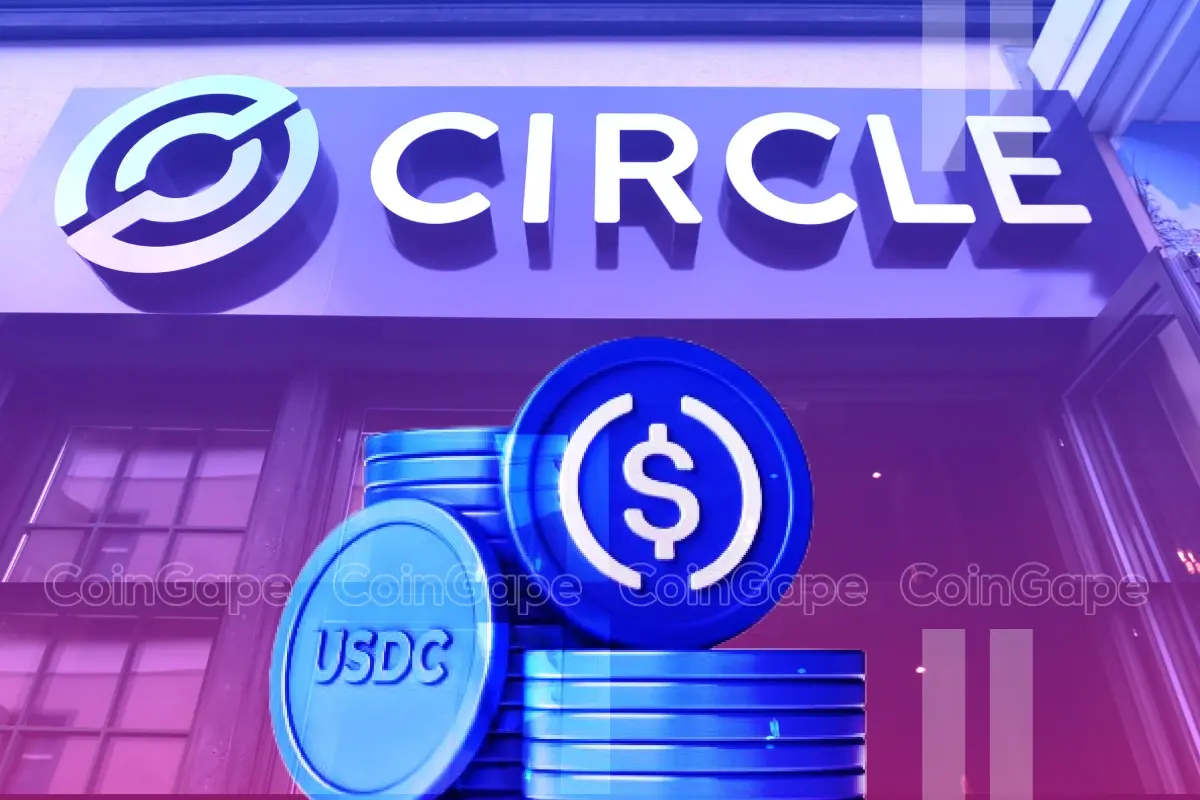
USDC issuer Circle is reportedly set to file its initial public offering (IPO) in April as part of the firm’s plans to finally go public. The stablecoin issuer is allegedly already working with top financial institutions to achieve this move.
Circle To File IPO In Late April
According to a Fortune report, Circle is looking to file its IPO in late April, although the listing period remains uncertain. The report noted that when a company files to go public, its shares usually begin trading four weeks later, indicating that the listing could occur in May. However, there is also a scenario where the IPO process could drag on for months.
The stablecoin issuer is reportedly working with investment banks JPMorgan Chase and Citi to achieve its long-anticipated IPO. The firm had previously tried to go public in 2021 under a SPAC arrangement with a shell company.
The US SEC failed to sign off on this arrangement back then, and the company eventually scrapped these IPO plans by the end of 2022 when the crypto exchange FTX collapsed and the broader crypto market experienced a downturn.
Revelation about Circle’s IPO plans comes just days after the stablecoin issuer partnered with NYSE’s parent company to explore USDC’s use in traditional finance (TradFi). Meanwhile, the USDC stablecoin recently launched in Japan following approval from the country’s regulator. Notably, USDC is the first and only global dollar stablecoin approved under Japan’s stablecoin framework.
An Easier Path Now For The Stablecoin Issuer
Circle will likely face less resistance for its IPO plans under the current SEC administration. Under acting Chair Mark Uyeda, the Commission has shown its willingness to work hand in hand with crypto firms, which was missing under Gary Gensler’s administration.
US SEC Chair nominee Paul Atkins has also shown his willingness to change the approach that Gensler’s administration adopted towards crypto firms. During his nomination hearing, the SEC Chair nominee promised to prioritize providing regulatory clarity for the industry.
Circle’s IPO listing would be the biggest since the top crypto exchange Coinbase went public in 2021. Interestingly, Coinbase owns an equity stake in the crypto firm.
The firm’s USDC is currently the second-largest stablecoin by market cap, only behind Tether’s USDT. The stablecoin industry is heating up as more financial institutions look to develop their own stablecoin.
Donald Trump’s World Liberty Financial recently revealed plans to launch its USD1 stablecoin, while asset manager Fidelity is also considering doing so.
Disclaimer: The presented content may include the personal opinion of the author and is subject to market condition. Do your market research before investing in cryptocurrencies. The author or the publication does not hold any responsibility for your personal financial loss.
Regulation
Japan Set To Classify Cryptocurrencies As Financial Products, Here’s All
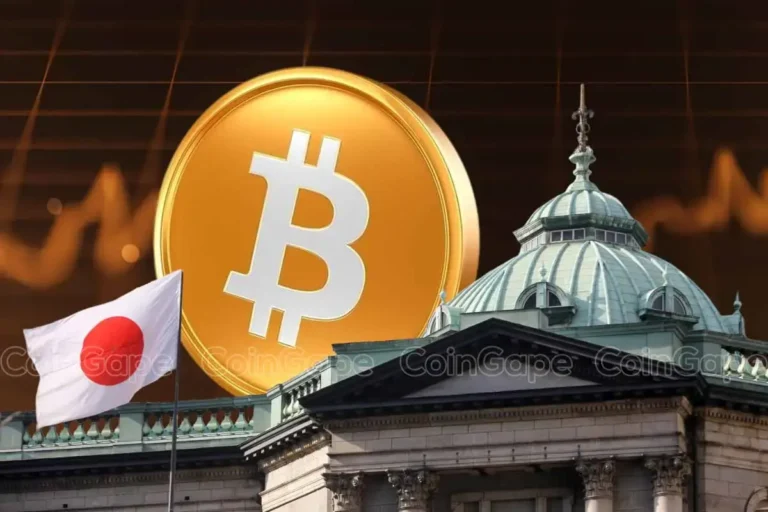
Cryptocurrency investors in Japan are bracing for impact following a plan to reclassify digital assets as financial products. While the plan has elicited excitement from cryptocurrency enthusiasts in the Far East, the ambitious plan will have to scale several legislative hurdles.
Japan Targets Reclassification Of Cryptocurrencies As Financial Products
According to a report by Nikkei, Japan’s Financial Services Agency (FSA) is inching toward classifying cryptocurrencies as financial products. Per the report, the FSA intends to achieve the reclassification via an amendment to the Financial Instruments and Exchange Act.
Currently, digital assets in Japan are considered crypto assets conferred with property rights and seen as payment means. Under the FSA’s plans, cryptocurrencies in Japan will be treated as financial products in the same manner as traditional financial products.
The FSA says it will adopt a slow and steady approach toward the reclassification, carrying out “a private expert study group” to test the waters. If everything goes according to plan, the FSA will submit the amended bill to Parliament in early 2026.
The classification of cryptocurrencies as financial products will have far-reaching consequences for the local ecosystem. Experts say treating cryptocurrencies as financial products will bring Japan closer to a crypto ETF launch amid a changing regulatory landscape.
Furthermore, the move may lower current cryptocurrency taxation for local investors since existing capital market rules will apply to the asset class.
A Fresh Bill For Crypto Insider Trading Is Underway
Apart from the reclassification, the FSA disclosed plans for new legislation against insider trading. The move flows treating cryptocurrencies as financial products and will strengthen existing investor protection rules.
“It is a direction to establish a new insider trading regulation that prohibits trading based on unpublished internal information,” said the FSA. “We will develop laws to prevent unfair transactions.”
However, Japan’s cryptocurrency scene is heating up to a boil, driven by local and international players. Last week, stablecoin issuer Circle secured approval from the FSA for USDC with top exchanges set to list the stablecoin.
Japan’s Metaplanet has tapped Eric Trump to join its Strategic Board of Advisors as it continues to load up Bitcoin.
Disclaimer: The presented content may include the personal opinion of the author and is subject to market condition. Do your market research before investing in cryptocurrencies. The author or the publication does not hold any responsibility for your personal financial loss.
Regulation
Kentucky Governor Signs Off On ‘Bitcoin Rights’ Bill, Strengthening Crypto Protections


In what is being dubbed a major development in the crypto regulation space, the Governor of the US state of Kentucky, Andy Beshear, has signed the ‘Bitcoin Rights’ bill into law. The law promises to safeguard protections for Bitcoin (BTC) users.
Bitcoin Rights Bill Comes Into Effect
Crypto regulations continue to evolve under pro-crypto US President Donald Trump’s administration. In the latest development, Kentucky has become the newest state to enshrine protections for digital asset users.
In an X post published on March 24, crypto advocacy group Satoshi Action Fund announced that Governor Beshear had signed the much-anticipated Bitcoin Rights bill into law. The post stated:
The right to self-custody, run a node, and use of digital assets is now protected for millions of Americans without fear of discrimination.
The bill was first introduced to the Kentucky House by Rep. Adam Bowling on February 19. According to the bill’s description, it seeks to safeguard users’ rights to use digital assets and self-custody wallets. Additionally, it aims to prohibit local zoning changes that discriminate against crypto mining operations.
The legislation outlines guidelines for running a digital asset node and excludes digital asset mining from money transmitter license requirements. It also clarifies that crypto mining or staking is not considered an offer or sale of securities.
On February 28, the bill passed Kentucky’s House of Representatives with a unanimous vote of all 91 representatives in favor. It later passed the Kentucky Senate on March 13, receiving backing from all 37 senators.
Kentucky’s proactive stance toward cryptocurrencies isn’t new. Earlier this year, the state became the 16th US state to introduce legislation seeking to create a Bitcoin strategic reserve.
Meanwhile, neighboring state Arizona is also joining the crypto movement. A recent X post by Bitcoin Laws revealed that Arizona’s House Rules Committee has passed two Bitcoin reserve bills — SB1373 and SB1025. These bills will now head to a full floor vote.
Renewed Optimism Under Trump Administration
Following Trump’s victory in the November presidential election, cryptocurrency regulations in the US are evolving rapidly, with many states introducing legislation aimed at strengthening their digital asset ecosystems and attracting crypto businesses.
Positive changes in crypto regulations are encouraging industry businesses to expand. For instance, leading crypto trading platform Coinbase recently announced plans to hire 1,000 employees in the US.
The Trump administration has also witnessed several lawsuits being dropped against major crypto entities, including Kraken, Coinbase, Gemini, and others. At press time, Bitcoin trades at $87,399, down 0.2% in the past 24 hours.

Featured Image from Unsplash.com, chart from TradingView.com

Editorial Process for bitcoinist is centered on delivering thoroughly researched, accurate, and unbiased content. We uphold strict sourcing standards, and each page undergoes diligent review by our team of top technology experts and seasoned editors. This process ensures the integrity, relevance, and value of our content for our readers.





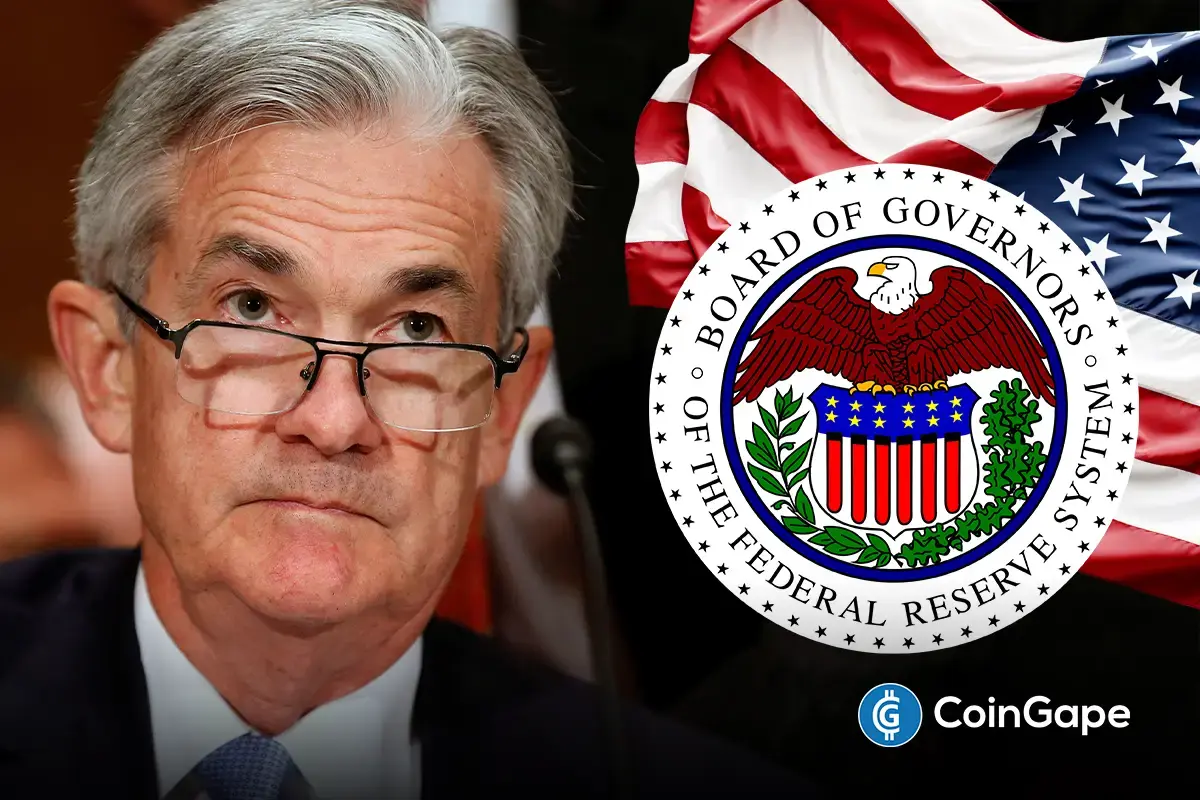
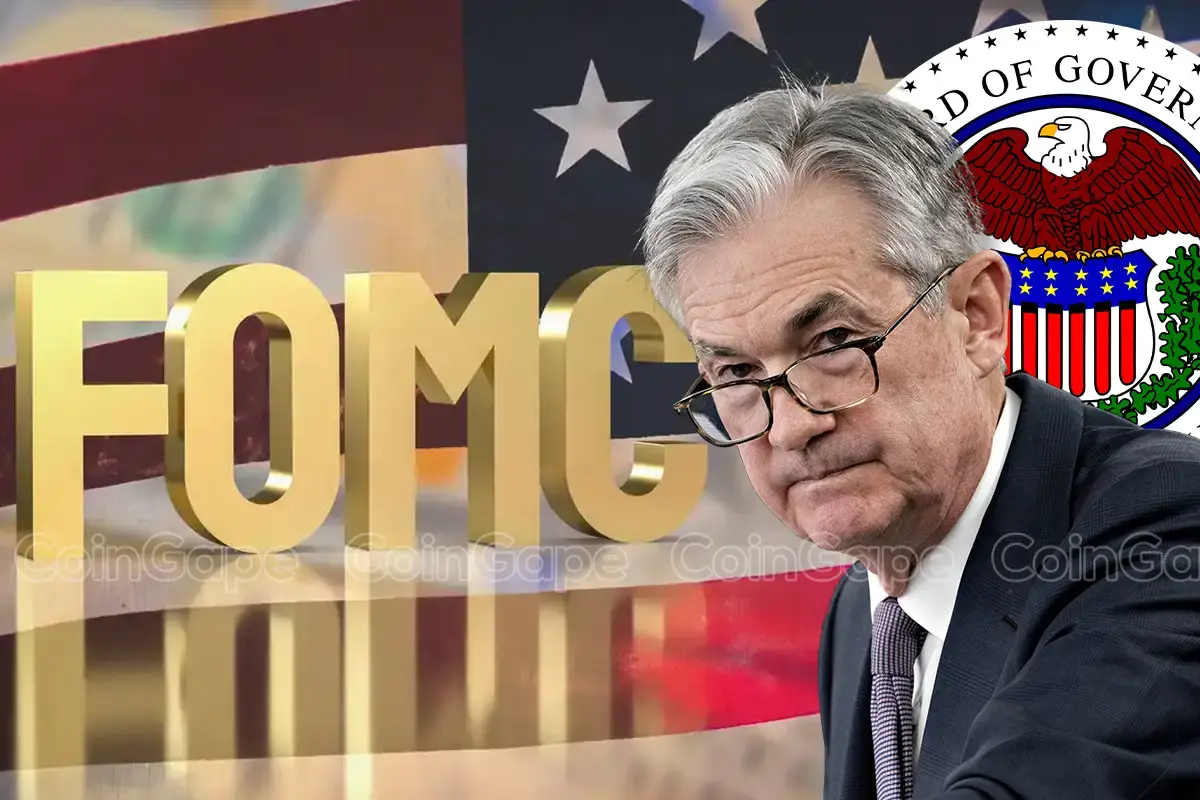












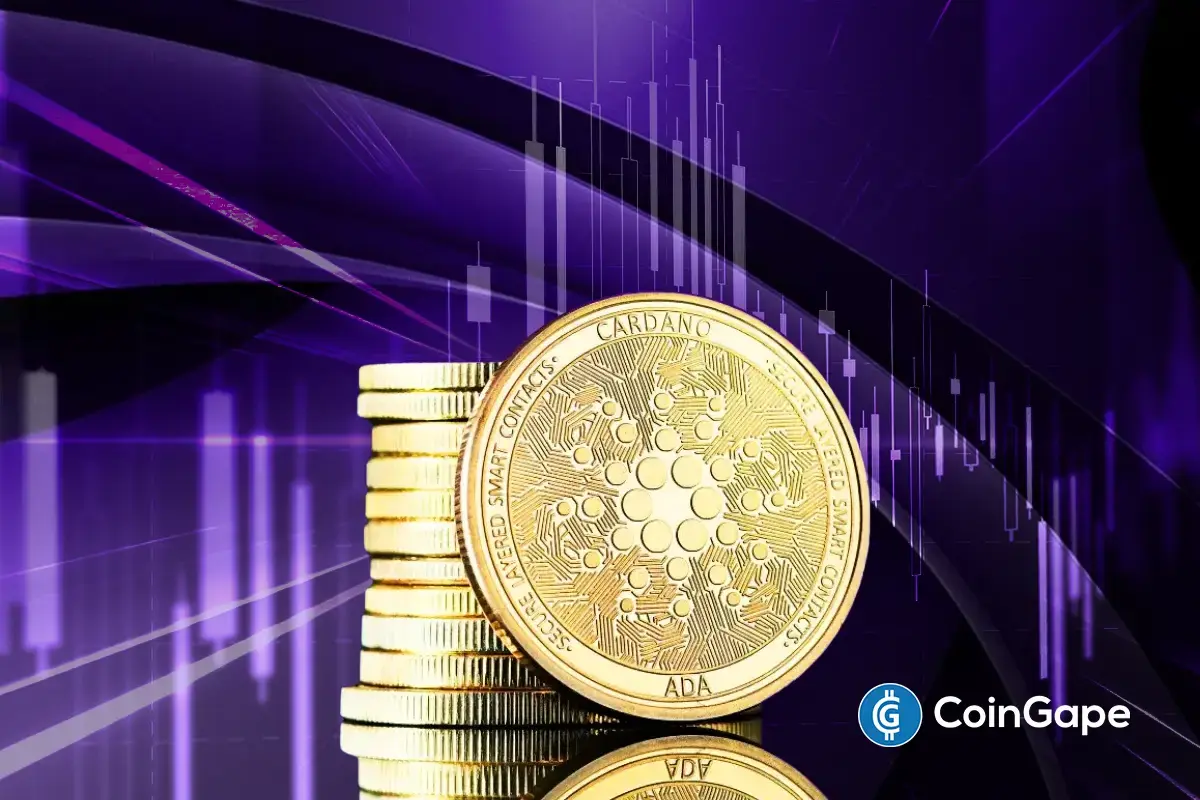




✓ Share: